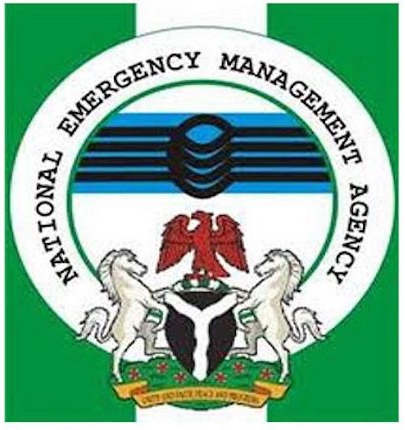The Imperative for State and Local Governments to Be Proactive
In an era marked by increasing natural disasters, accidents, and other emergencies, the importance of a robust and proactive emergency management strategy cannot be overstated. The National
By Abdulkadir Ibrahim
In an era marked by increasing natural disasters, accidents, and other emergencies, the importance of a robust and proactive emergency management strategy cannot be overstated. The National Emergency Management Agency (NEMA) has long advocated for a more proactive stance by state and local governments in emergency preparedness and response at the grassroots level
The Rising Frequency of Emergencies
The country is witnessing a rise in the frequency and intensity of natural disasters, ranging from floods, and wildfires to erosion and droughts. Additionally, human-made emergencies, including industrial accidents, transportation mishaps, and public health crises, continue to pose significant threats. These events can cause widespread devastation, leading to loss of lives, displacement of populations, and significant economic impacts.
Given these challenges, it is essential that state and local governments do not solely rely on national agencies like NEMA for emergency response. Instead, they must take proactive measures to prepare for, respond to, and recover from emergencies.
The Role of State and Local Governments
State and local governments are the first line of defense in any emergency situation. Their proximity to the communities they serve makes them uniquely positioned to respond quickly and effectively. However, to do so, they must have the right strategies, resources, and training in place.
- Early Warning Systems: Local governments must invest in early warning systems that can alert residents to impending dangers. This includes weather monitoring systems, communication networks, and public awareness campaigns that ensure people are informed and can take necessary precautions.
- Infrastructure Resilience: Proactive emergency management also involves strengthening infrastructure to withstand disasters in line with Disaster Risk reduction strategy. This includes building flood defenses, reinforcing public buildings, and ensuring that critical facilities like hospitals and fire stations are operational during emergencies.
- Community Engagement: Engaging the community is a crucial aspect of preparedness. Local governments should educate residents using local languages about disaster preparedness, including evacuation plans, emergency kits, and the importance of heeding warnings. Community drills and simulations can also help people understand what to do when disaster strikes.
- Coordination and Collaboration: Emergency response requires coordination between various agencies and levels of government. State and local governments should establish strong partnerships with NEMA through functional state Emergency Management Agencies and local government Emergency Management Committees, neighboring jurisdictions, and private sector organizations to ensure a coordinated response. Regular joint exercises can help in identifying gaps and improving collaboration.
- Resource Allocation: Adequate funding and resources are critical for effective emergency management not only at the federal level but also. States and local governments need to allocate sufficient budgets for emergency preparedness, including the procurement of necessary equipment, training of personnel, and establishment of emergency response structures. The Benefits of Proactive Emergency Management
The benefits of a proactive approach to emergency management are manifold. First and foremost, it saves lives. By taking preemptive measures, state and local governments can significantly reduce the loss of life and injury during disasters. Additionally, proactive management minimizes the economic impact of emergencies by reducing damage to infrastructure and property.
Moreover, communities that are well-prepared for emergencies recover faster. The psychological impact of disasters is also less severe when people feel confident that their government is prepared and capable of handling the situation.
NEMA’s Call to Action
NEMA continues to emphasize the need for state and local governments to be proactive in their emergency management efforts. While the agency provides essential support and coordination during national disasters, the effectiveness of these efforts is greatly enhanced when local authorities are prepared and proactive.
NEMA advocates for a culture of preparedness, where every level of government, community organizations, and individual citizens understand their roles and responsibilities in emergency management. This collective approach ensures that when disaster strikes, the response is swift, coordinated, and effective, minimizing harm and facilitating quicker recovery.
In conclusion, the call by NEMA for state and local governments to be proactive in emergency response is not just a recommendation—it is a necessity. As the threats from natural and human-made disasters continue to grow, the need for preparedness at all levels of government has never been more critical. By investing in early warning systems, infrastructure resilience, community engagement, coordination, and resource allocation, state and local governments can ensure that they are not just reactive but are well-prepared to protect their communities in times of crisis.
Abdulkadir Ibrahim, Assistant Chief Information and public relations officerpress unit
NEMA Headquarters




